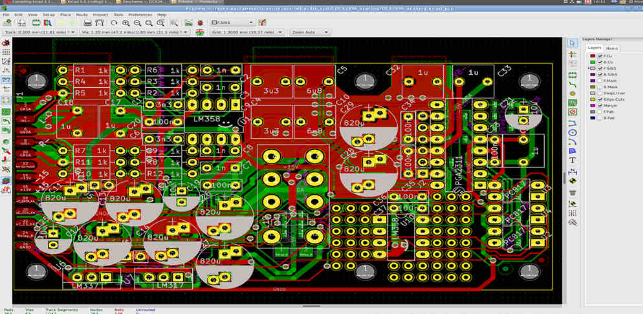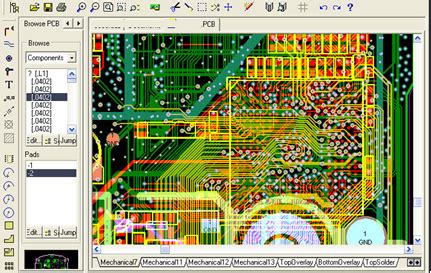How to deal with heat dissipation during PCB design
Heat dissipation is a common and important problem in modern high-performance electronic devices. Proper handling of heat dissipation is essential to ensure the reliability, stability and life of electronic devices. The following will introduce methods and techniques for dealing with heat dissipation during PCB design to help you improve design quality and performance. First of all, before dealing with heat dissipation, you need to accurately define and determine the source of heat generation. For example, specific components such as processors and power amplifiers usually generate a lot of heat. This helps to clarify the heat management measures that need to be taken.
After determining the heat source, we then need to optimize the layout and place the components that generate a lot of heat in the appropriate position on the PCB for better heat dissipation. At the same time, a certain amount of space should be reserved around the heat-generating components to avoid clustering high-power consumption components together to avoid hot spots.
During the layout, the heat dissipation channels should also be reasonably allocated to ensure that the hot air can flow out of the device smoothly. This can be achieved by arranging the positions of components and heat sinks, and optimizing the device housing and vent design. After the layout is completed, we will also need to perform special processing when wiring. For example, when processing the PMU module, we must ensure that more ground vias are drilled at the chip heat pad. If it is a multi-layer board, a large area of copper can be provided in the PMU area to assist in heat dissipation

.
The multi-layer board can provide better heat distribution, thereby reducing the concentration of heat on the entire PCB.
Of course, we can also open windows at the heat pad on the back of the PMU. Pay attention to keeping a certain distance from the device and other networks in the window area to avoid short circuits. If the heat is still particularly severe, you can also place a thermal pad and heat dissipation glue on the back to assist in heat dissipation. The heat at our main control chip is usually particularly severe. We can apply heat dissipation glue at the main control chip.
Of course, in order to better control the temperature, we can add thermistors to the PCB design to monitor the temperature, and use protective measures such as temperature control switches to ensure that the circuit can work normally and avoid damage at high temperatures. In the heat dissipation process of PCB design, it is necessary to consider optimizing the layout, adding heat sinks, using thermal conductive materials, rationally designing multi-layer structures, ensuring air circulation, increasing heat dissipation channels and other measures to improve heat dissipation efficiency and ensure the normal operation and life of electronic equipment.






